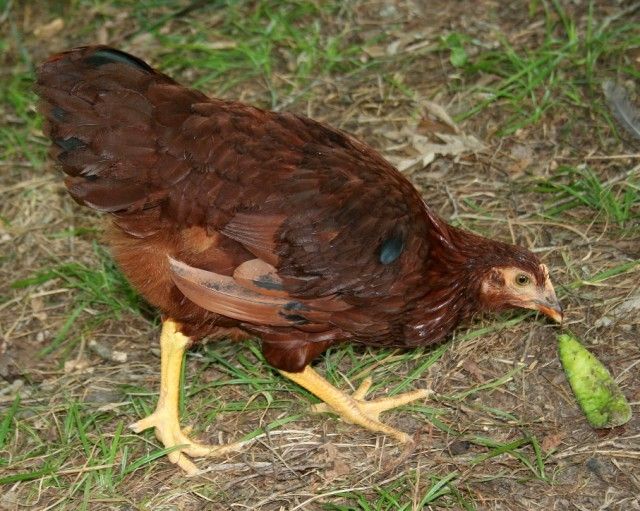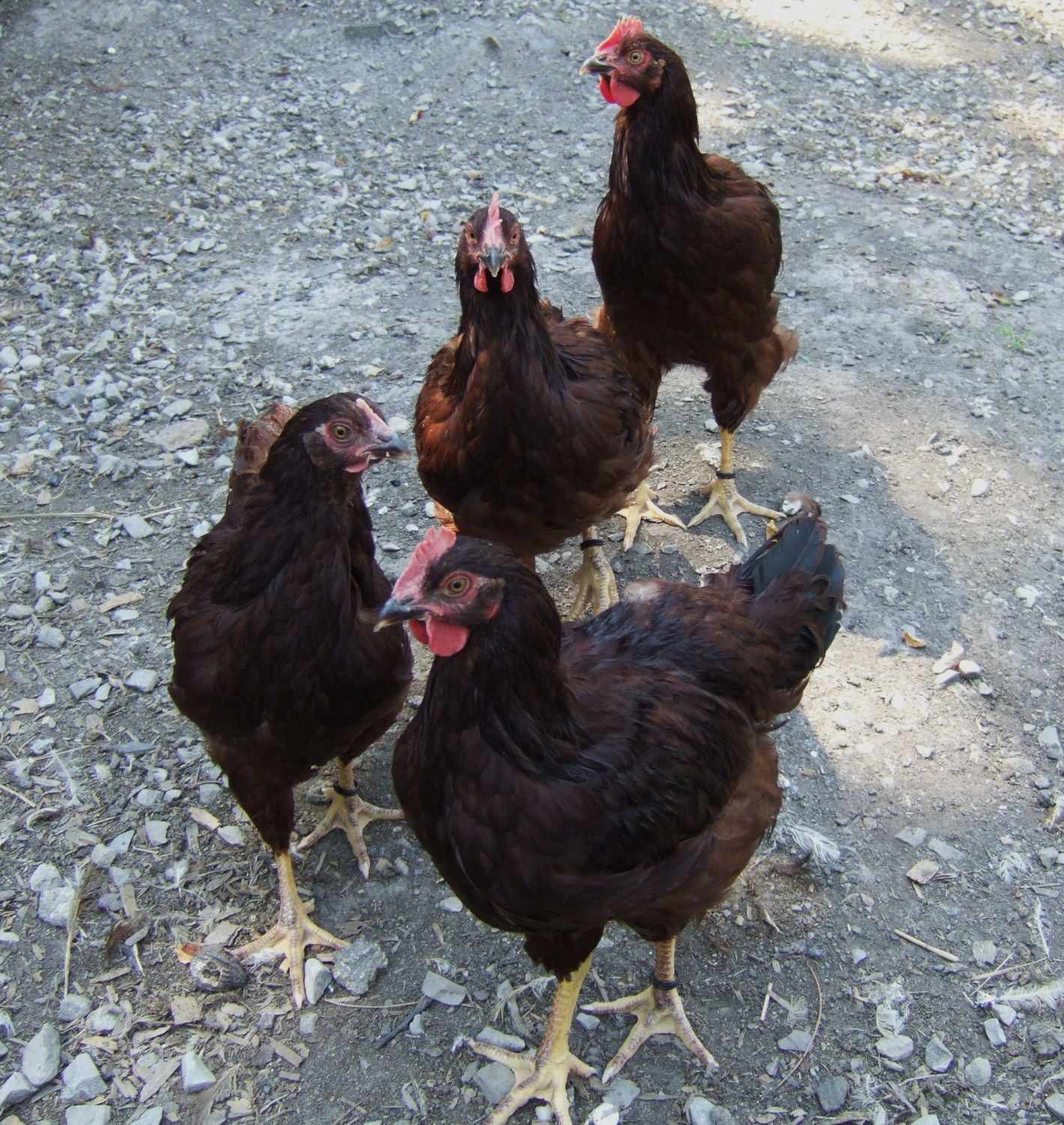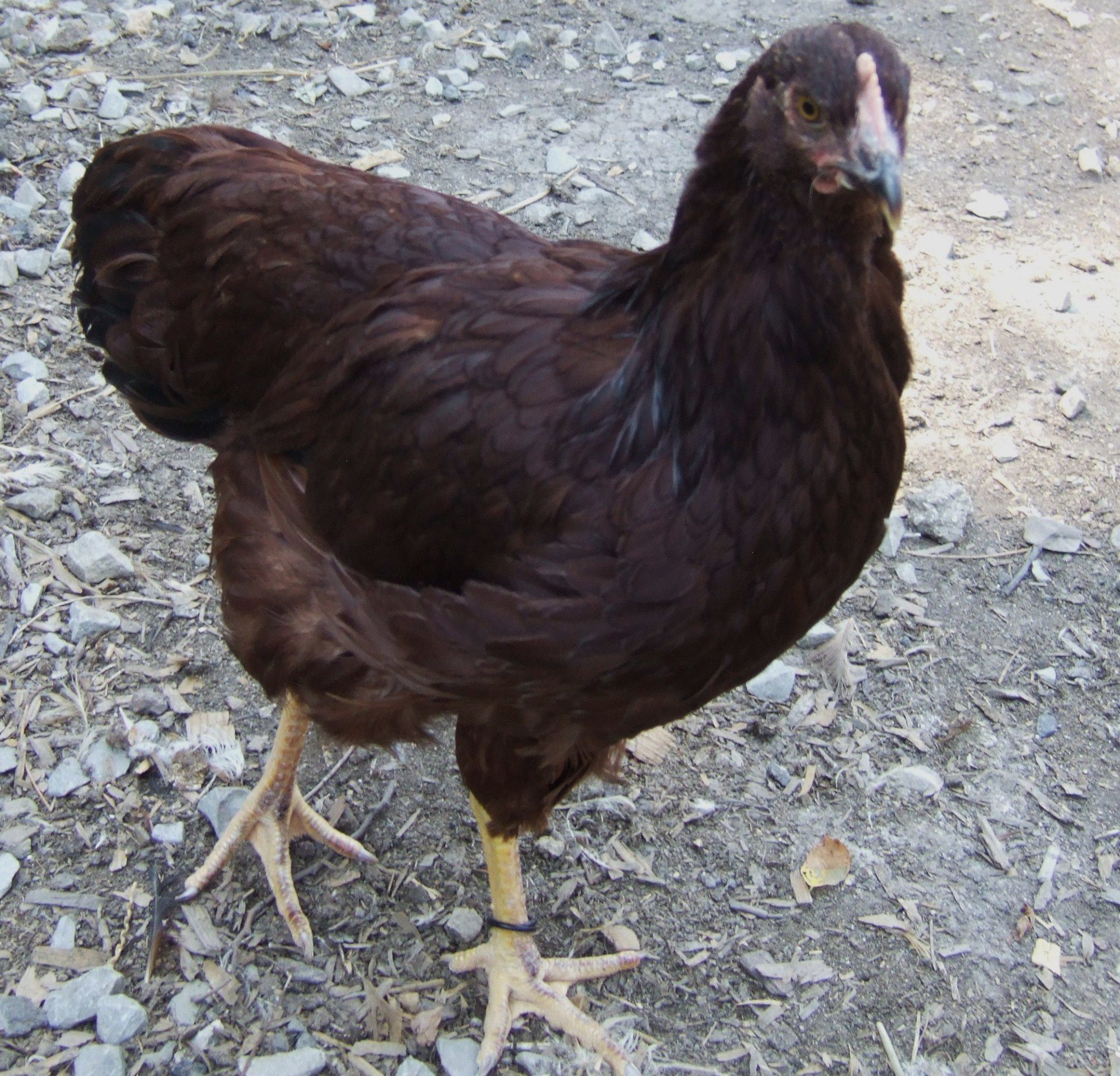Well, you never get too old to learn. Saturday I saw two things I've never seen before in my near half century of watching chickens. I sure wish I'd had my camera handy.
Our large grow-out pen has all the chicks we are growing out for next years breeders plus our flock of RC RIRs. Friday night late I shut the coop up to catch some extra cockerels that I was hauling to a sale about daylight Saturday morning. After caging them and loading them in the horse trailer I went to bed and forgot to open the coop back up. When I got home Saturday morning, I ran out and opened it up so they could get some water and find some bugs.
First I had two Orloff chicks around 6 weeks old jumped in the water trough and SWIM like a duck! Seriously, they were floating and paddling like a darn duck. Weirdest thing I've ever seen. Stayed in about a minute or so then hopped out and went on out in the grass chasing bugs.
About an hour later our biggest and oldest RC RIR rooster walked over and stepped in the trough, fluffed his feathers and submerged completely under water. All that was sticking above water was his head. I thought I was going to lose him, I've NEVER seen a chicken completely submerge like that. He stayed that way about three of four minutes, then I started to the gate to get him out but before I reached the gate he just stood up, shook like a dog and walked of like nothing had happened. It was the darnedest thing I ever saw.
Now I've saw thousands of chicks and chickens get in water, maybe wade around, splash a little, stuff like that. But swimming and submerging chickens?
That was a first.








